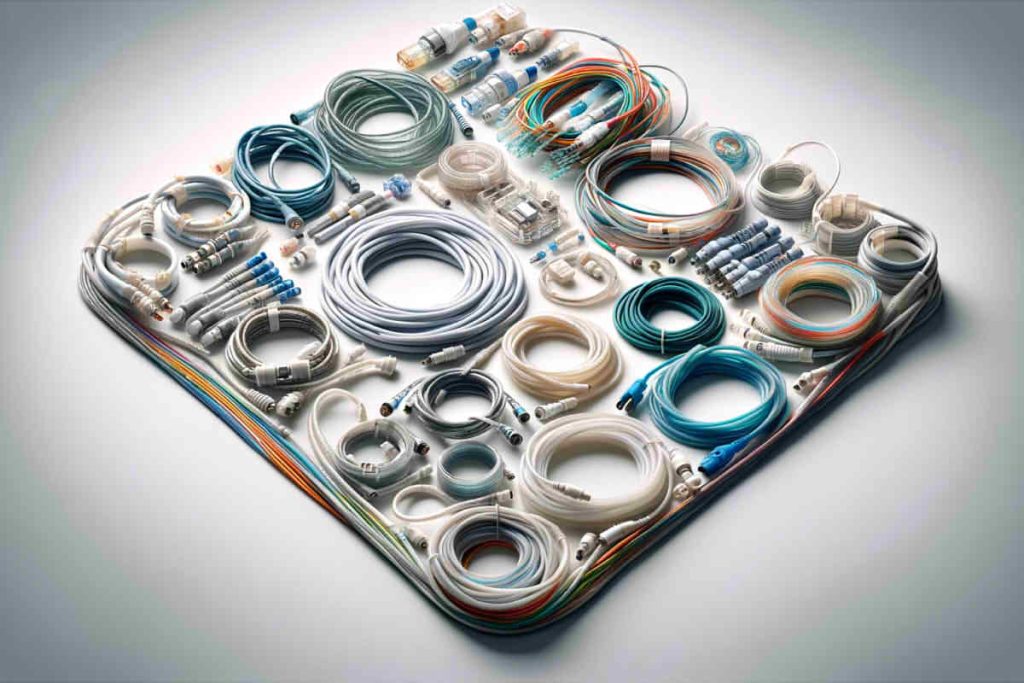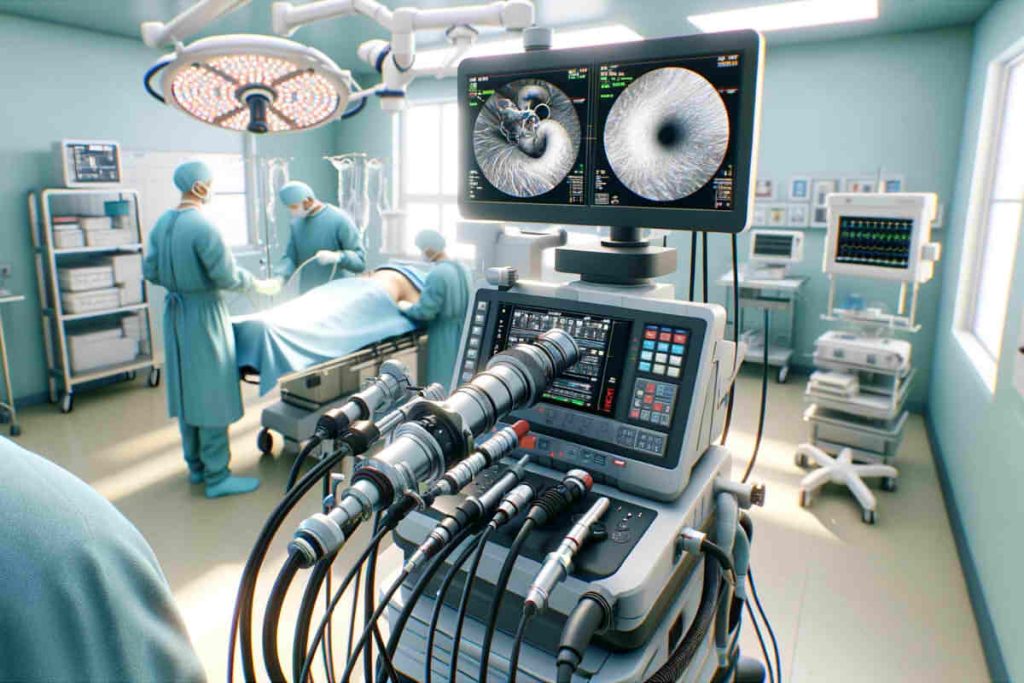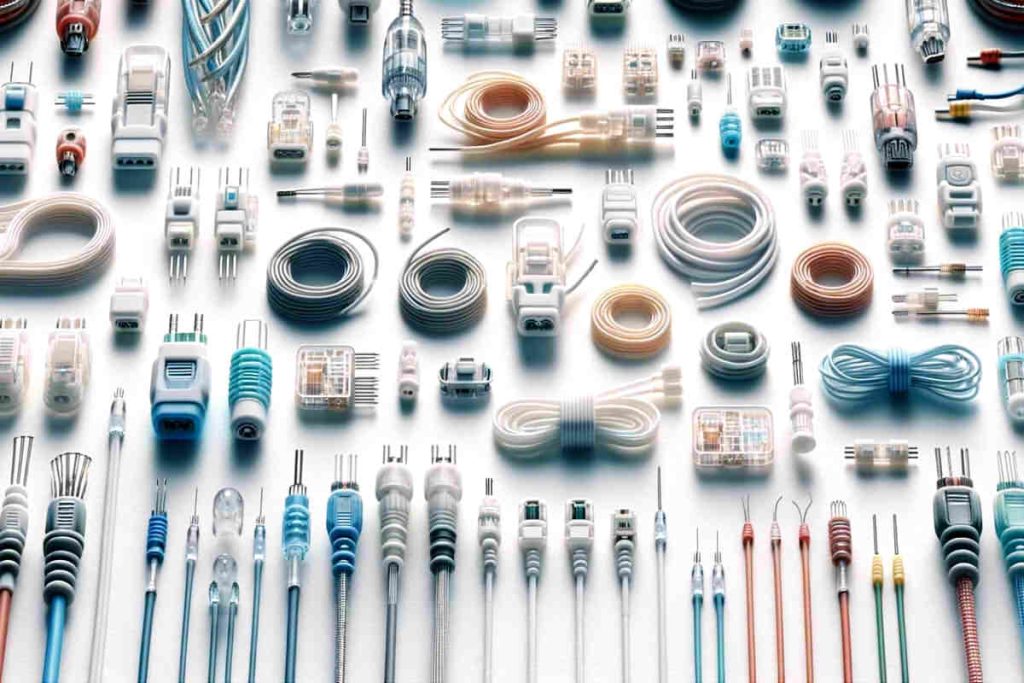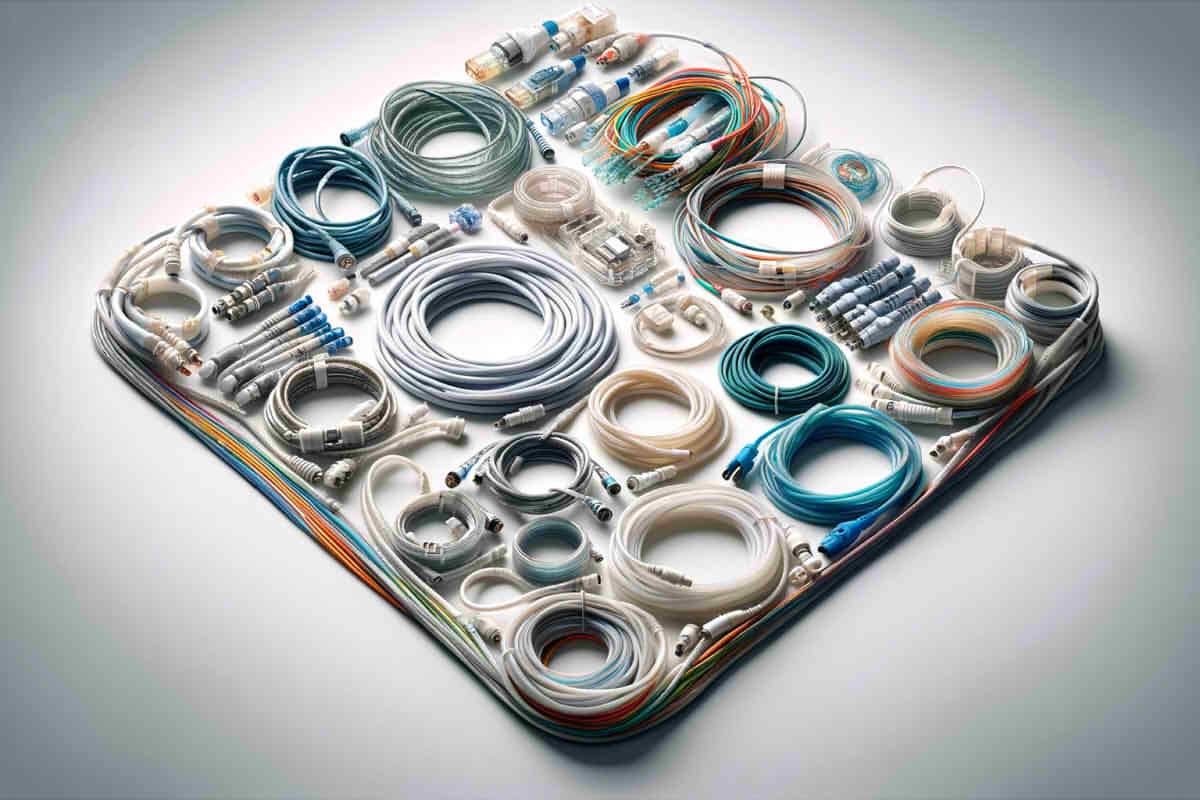According to the latest research report from 168Report, The global medical microsize coaxial cables market size was approximately 1351 million dollars in 2023. It is expected to reach 1766 million dollars in 2029, with a CAGR of 3.4% in the next years.

Table of Contents
- What is a Medical Microsize Coaxial Cable?
- Key Factors Driving the Market
- Main Obstacles in the Market
- Main Market Participants
- Medical Microsize Coaxial Cables Market Segmentation
- Conclusion
What is a Medical Microsize Coaxial Cable?
A coaxial cable is a type of electrical signal transmission cable which generally consists of four layers of materials: inside, there is a copper conductor, followed by a layer of plastic (which acts as an insulator and dielectric). Then there is a thin layer of conductor in the form of a network (usually copper or alloy) Y, finally, an outer layer of insulating material that serves as a coating.
Coaxial cables are differentiated by their standards and specifications depending on the size. Medical micro-sized coaxial cables are especially suitable for various medical applications that require space saving, as high-precision medical imaging applications. These applications include external or internal probes, ultrasound equipment, endoscope systems, blood oxygen measurement systems, catheters, dental equipment, among others.
Key Factors Driving the Market
Increase in the Proportion of the Elderly Population Worldwide
As an example, in South Korea, The most recent data indicate that the 18% of the population has 65 years or more. Besides, The constant increase in cardiovascular diseases globally has increased demand for equipment such as electrocardiograms and pacemakers.. With the continued growth of the market, Increase in sales of medical micro-sized coaxial cables expected.
Concern about infection control and transmission during surgical procedures has driven the adoption of special electrical cables and disposable cables for medical devices, which also strengthens growth opportunities in the market. Besides, Rising demand for updated and innovative medical imaging monitoring equipment is accelerating cable development and leading medical device sales.
Technological advances
New technologies and innovations such as 5G and artificial intelligence are driving the development of the medical cables industry. These technologies allow the interconnection of medical devices, improvements in control, management and intelligence in diagnosis, in other aspects.
Expansion of Application Areas

Increasing awareness about healthcare and disease prevention is driving market growth. The COVID-19 pandemic has changed the perception of healthcare, increasing the importance given to personal health and promoting the development of the long-term disease diagnosis and prevention market.
The medical cables application in diagnosis, treatment and monitoring of patients is constantly expanding. Emergence of new technologies and medical disciplines will further boost the medical cables market, especially in the field of high precision surgeries, where micro-sized coaxial cables will find wider application.
Main Obstacles in the Market
Complexity of Regulation in the Medical Field
Both the FDA in the United States and the MDR in the European Union have complicated the certification and regulation of medical devices. This has further raised the barrier to entry in the medical device industry., increasing uncertainty about the success of medical products on the market.
Medical Data Security Requirements
With the increasing digitalization of medical devices, Network and data security issues have also increased. This is divided into two aspects: first of all, Device manufacturers face technical requirements to protect their device systems against external attacks.
In second place, Medical device companies must comply with legal requirements related to obtaining, storage, medical data research and sharing, guaranteeing its legitimacy.
Proliferation of Wireless Medical Devices
Rising popularity of wireless wearable medical devices may pose challenges for market participants.
Main Market Participants
Worldwide, leading manufacturers of medical microsize coaxial cables include Fujikura, LAPP, Amphenol, TE Connectivity, Sumitomo, Proterial, Alpha Wire, I-PEX y Molex, among others. The top five manufacturers represent approximately 40% From the market. Currently, key global manufacturers are primarily located in the United States and Europe.
Medical Microsize Coaxial Cables Market Segmentation
Regarding the type of product, at the moment, los wires with a gauge of 32-40AWG for medical microsize are the most important product category on the market, occupying the 70.7% From the market.

In terms of applications, surgery is the main market for medical coaxial cables, representing the 27% From the market.
From a regional perspective, Europe was the largest consumer market for medical coaxial cables in 2022, with a market share of 30%. Next are North America and the Asia Pacific region., with market shares of 28% and the 22%, respectively. North America is expected to experience the fastest growth, with a compound annual growth rate (CAGR) beloved of 4.9% from 2023 until 2029.
Conclusion
In summary, The global medical microsize coaxial cables market has seen steady growth in recent years and is expected to continue expanding in the coming years..
Factors such as the increase in the elderly population, technological advances, Expanding application areas in healthcare and demand for updated medical devices have fueled this growth..
Nevertheless, also faces challenges, such as the complexity of regulation in the medical field, medical data security requirements and the proliferation of wireless medical devices.
For the future, Medical microsize coaxial cables industry expected to continue growing, with a projection of reaching the 1766 million dollars in 2029, maintaining a compound annual growth rate of 3.4%.
Technological evolution, Innovation in medical devices and growing healthcare awareness will continue to drive this market, with North America leading growth in the coming years. Nevertheless, It is essential that the industry addresses regulatory and data security challenges to maintain its sustained expansion over time.

